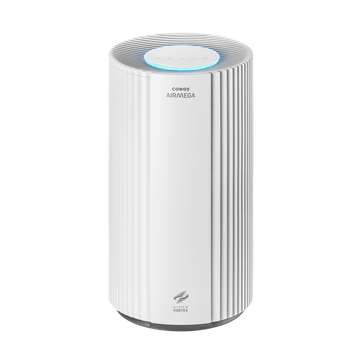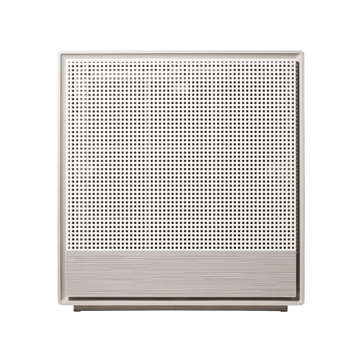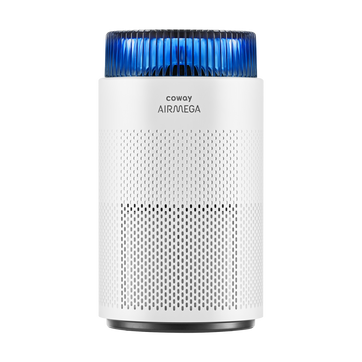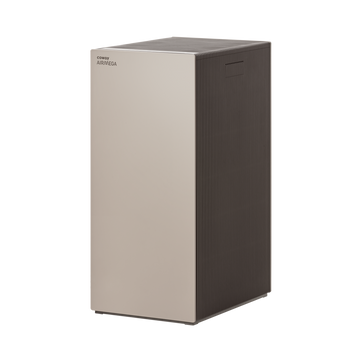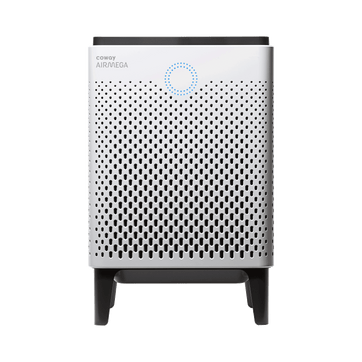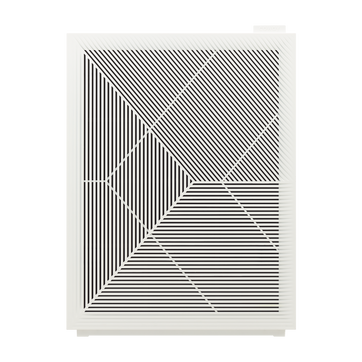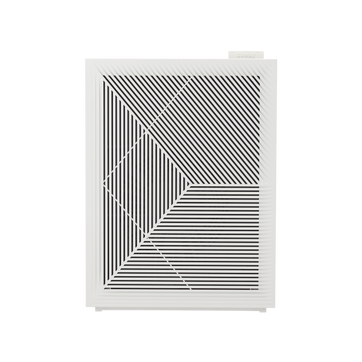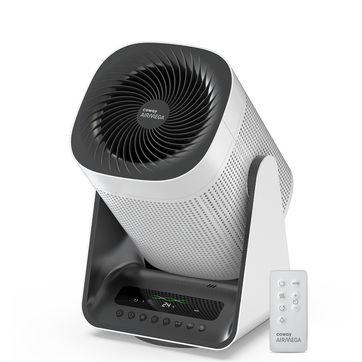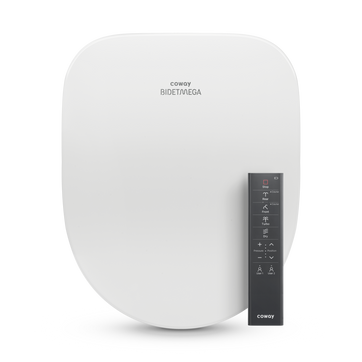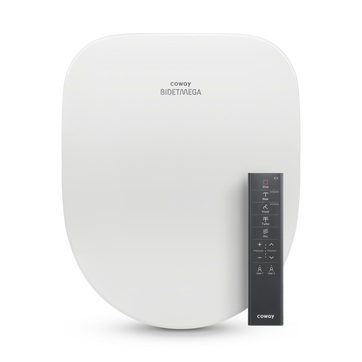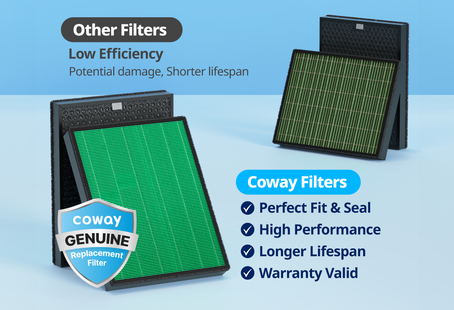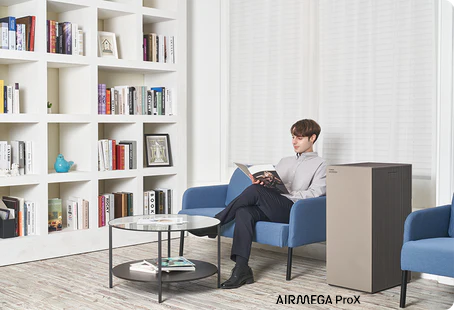
What are the best hypoallergenic pets for people with allergies?
Approximately 15% of people in the U.S. is allergic to pet dander. Although you’re certainly not alone as an allergy sufferer, finding a hypoallergenic pet can be challenging. Fortunately, as we learn more about the cause of pet allergies, more and more people are able to find companions that don’t set off a sneezing fit.
What is pet dander?
Pet dander is often associated with the fur or hair of pets, but it actually comes from animal skin cells. Dander consists of skin flakes that are often microscopic in size, and when skin sheds from the body of animals with fur, hair or feathers, it floats through the air and settles in the home, easily sticking to surfaces, upholstery and bedding. Pets with longer hair or more fur tend to shed more often, thus further distributing these skin cells throughout your home.
What causes an allergic reaction?
Dander contains a protein that causes allergic reactions in many people. It is also found in the urine and saliva of animals. Whenever a dog or cat empties its bladder, the protein from urine can stick to their skin. Then once that skin is shed, it contains an extra dose of the allergy-triggering material. Similarly, because saliva also contains the protein, when your pet licks its fur, it compounds the problem.
What does hypoallergenic mean?
The term “hypoallergenic” means less likely to cause an allergic reaction, but when it comes to pets, it doesn’t mean the same thing for all people. Most typical household pets have skin cells that contain proteins which may cause allergic reactions in their humans, but some pets are more likely to cause reactions than others. Factors such as the amount of fur, hair or feathers, and whether they are free-roaming or caged pets all contribute to the level of allergens in their environment.
What cats have the least dander?
Although no cats are 100% allergy-free, there are a number of breeds that fall under the hypoallergenic category.
- The Sphynx
The Sphynx cat is well-known for being hypoallergenic due to its total lack of fur. However, Sphynx cats do require a weekly sponge bath to keep them healthy.
- The Balinese
While Balinese cats have longer hair, this breed produces less of the Fel d1 protein, causing fewer allergic reactions.
- The Devon Rex
The Devon Rex, with its short, fine coat also makes a good companion for allergy-sufferers. They have less fur overall than other breeds, so they don’t shed as often.
What dogs have the least dander?
Dog fur can be like a lightning rod for indoor allergens, giving them a place for these particles to collect, making your dog a walking (and cuddling) sneeze trigger. That said, some dog breeds are more hypoallergenic than others.
- Xoloitzcuintli
The Similar to the Sphynx cat, the Xoloitzcuintli is a hairless dog breed that many allergy suffers love. With very little fur to capture allergens, you’ll only find hair on a Xolo’s head, back, and tail.
- The Poodle
Poodles are also often commonly touted as a hypoallergenic dog breed. These pups have hair rather than fur, meaning less dander and virtually no shedding. This trait makes them a common breed for crossing-breeding, hence the uptick in mixes such as the labradoodle and goldendoodle.
Do other pets have dander?
Smaller pets, such as hamsters, guinea pigs, gerbils and mice all produce dander, but they’re less likely to trigger allergies as they tend to live in cages, preventing the spread of skin cells throughout the home. Some allergy sufferers find great companionship with birds, whose lower dander levels make them hypoallergenic.
Which pets are most hypoallergenic?
Fish and reptiles may not be the cuddliest critters, but they also lack hair or dander, making them very allergy-friendly. Of your fish choices, goldfish are probably the easiest pets to take care of, though you have to make sure tanks are cleaned regularly to prevent mould, which can trigger other allergies. If you want a snake, larger ones require live sustenance, something that may not be up your alley. Corn snakes, king snakes and milk snakes are popular choices.
How can I reduce pet dander?
Allergy suffers of all stripes know the importance of keeping their home dust and mould-free. Here are a few more tips on how to reduce allergens in your home:
- Vacuum your home frequently
- Brush your pet regularly to remove dead skin cells and fur. Ideally, do so outside—and wear a mask
- Select carpeting with a low pile and steam clean it frequently or use throw rugs and wash them in hot water
- Keep your pet out of the bedroom and especially off the bed
- Wash dog toys frequently to remove dried saliva
- Wear a mask when cleaning a litter box
- Use a smart air purifier with a HEPA filter like Coway Airmega to remove airborne dander
Disclaimers
1Coway air purifiers has been proven to trap dust, pollen, dander, viruses and bacteria in the air based on KCL (Korea Conformity Laboratories) testing.They have been tested in a 30㎥ size chamber according to the Korea Air Cleaning Association standard (SPS-KACA 002-132:2022 Modified) to measure the 0.01㎛ size of particle removal rate. It was tested on maximum airflow speed in normal room temperature and humidity conditions. The performance may vary in the actual living environment of customers.
→ Tested with Airmega Aim, 150, 160, AP-1216L, AP-1512HH, AP-1512HHS, 200M, Icon, IconS, 230, 240, 250, 250 Art, 250S, 300, 300S, 400, 400S, ProX
299.97% of viruses, bacteria, fungi and pollen were verified to be removed from the air for Coway air purifiers which have Green True HEPA™ filter applied based on the Japan Food Research Laboratories(JFRL) testing according to JEM 1467 standard.
→ Tested with Coway Airmega AP-1512HH, AP-1512HHS, 250, 250 Art, 250S, 300, 300S, 400, 400S
→ All tested by JFRL and received above result within below time.
All tested by JFRL and received above result within below time.
- Virus: Tested with Escherichia coli phage ΦX174 NBRC 103405, 60 minutes
- Bacteria: Tested with Staphylococcus epidermidis NBRC 12993, 60 minutes
- Fungi/Mold: Tested with Penicillium citrinum NBRC 6352, 60 minutes
- Pollen: Tested with Cedar Pollen extract, 60 minutes
3Aerosol test conducted in a Biosafety level 3 laboratory with two Coway air purifier models, Coway Airmega 250 and 400 for removal of SARS-CoV-2 Aerosol by US based MRI Global, a not-for-profit laboratory and partner of US Department of Defense. The test was conducted in a 13.1ft3 chamber. Virus was aerosolized for 15 minutes and the product was turned on high for 2 minutes. Result showed each product effectively removed over 99.98% of the SARS-CoV-2 in 2 minutes. This is a result from a laboratory experiment condition and result may vary in different conditions. This result does not imply it kills SARS-CoV-2 or prevents the transmission of Covid-19. Coway Airmega 250S and 400S are identical to the tested models and has equal performance with an additional mobile connectivity function.
4The concentration of ammonia, acetaldehyde and acetic acid were proven to be removed within 30 minutes by FCG Research Institute, Inc. Human Life Science Lab. It is not a demonstration result in the actual use space. Not all odors and gases may be supported. → Tested with Coway Airmega 150, 160, AP-1512HH, AP-1512HHS, 400, 400S
5The coverage area of the air purifier is based on an area where the air cleaner can make two air changes per hour (ACPH). An air change per hour translates to how many times an air purifier can clean an area, assuming the height of a ceiling to be 8 ft, in one hour. Therefore ** means two air changes per hour means that the cleaner can clean the area once every 30 minutes and * means air changes per hour means that the air purifier can clean the area once every 60 minutes.
10Terms and conditions apply. Discounts, including promotions, coupons, bundle discount and subscription discount, cannot be stacked on top of other coupons. During promotional periods, discount codes will not be able to be applied to orders. Promo codes may apply to products only—filters, accessories, and new products within 3 months of the release date are not included.
